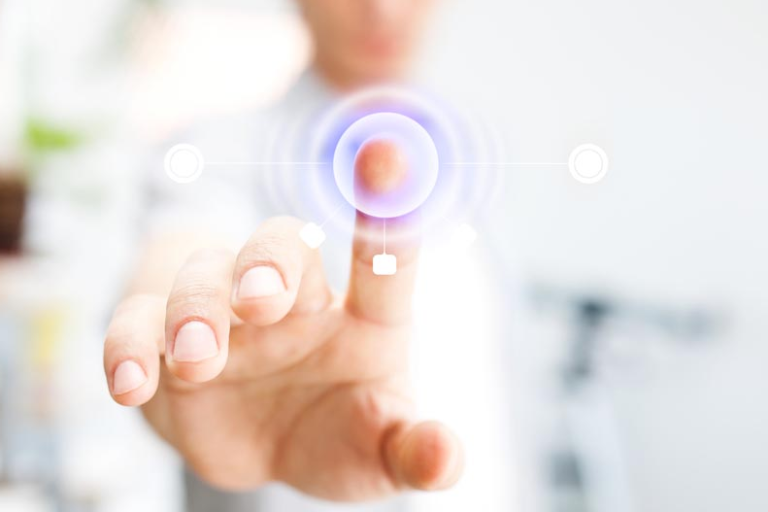We can say that our brain consists of two sections like a computer with dual processor. Let’s call them first brain and second brain.
First brain is the section that brings solutions logically to the problems we encounter during in our daily lives For example: First brain deals with questions and decisions like “There was a roadwork when I was heading to work, I better use the beltway today.” ”My credit card spending is just too much this month, I will change the tires of my car next month.” Foundation of the decisions taken by first brain is based on logic. It’s not expected from us to come up with an interesting and creative idea by using only our first brain because no interesting and creative idea seems logical at first and besides there is a shell full of our habits and prejudice embracing the first brain, which prevents us from producing ideas freely. For example, if driving has become a habit and we have a prejudice that travelling with bus will be annoying and uncomfortable in any case, it’s not very possible for the first brain to come with a conclusion such as I should use bus instead of automobile.
Let’s call it second brain, the other section of our brain that works asynchronously with the first brain and and also with a different speed. Second brain doesn’t work in a way that we can directly access and immediately get an answer. It benefits from the knowledge, good manners and experiences (we can call them as acquisition hereinafter) and makes suggestion to the first brain by making connections between them. For example: Your brain has already produced an idea for the abovementioned examples that you will connect 1500 gas balloons to your automobile and if you can fly, you will get rid of thinking which way to choose today and aging of the tires and sent this idea to the first brain. After this stage, the thing is whether this idea will pass through the shell of the first brain that contains our prejudice and habits. If it manages to pass, the idea is analyzed logically and a decisions is made for its likelihood.
What is the operating mechanism of the second brain like?
What second brain does is to make connections between our acquisitions. For example: The story of finding flight data recorder in the planes is as follows. In 1953, as a specialist scientist in Australian Aerospace Research Institution, Warren attends the wreck examination after the first jet liner of the world De Haciland Comet crashes; remembering the small sound recorder he has seen in a trade fair, he thinks that it would be very useful if it’s known what was going on at the cockpit during the crash and thus he starts to concentrate on inventing a machine to record the voice of the pilot and the indicators of the devices on the plane. Second brain of Warren made a connection between the plane crash acquisition and sound recorder acquisition and this connection was transferred to the first brain as a creative idea and first brain has analyzed the idea and put it into action.
How can we be more creative?
- First step for producing a creative idea is to want this. This is because second brain doesn’t send you message without taking direction from your on that. ”Wanting” is the most important factor that opens the communication channels between two brains. Thinking like ”I can’t be creative because I’m not a smart person” doesn’t reflect the truth because operation of the second brain isn’t related with the intelligence. Even a child or a person with mental infirmity may produce creative ideas. Getting opinions of the children about the problems we get stuck with may bring us to interesting results.
- The most important obstacle for the communication channels between first brain and second brain is the thick shell full of with our habits and prejudices embracing the first brain. As the shell gets thinner, more creative ideas are likely to occur. Our prejudices with which I mean judging beforehand may prevent us to make new inventions.
- Increasing the number of acquisitions enhances the possibility to make connections between the acquisitions of the second brain. For example, acts like travelling, meeting and chatting with someone new, tasting a different food bring us new acquisitions. The one who wants to produce creative ideas should get a chance to learn, see, experience something new everyday. In conclusion, try to change your habits, prejudices and whatever there are tham forces you to do the same thing constantly. Take a chance to see the life from a different perspective. After going to the bed at nights, ask yourself what you did today different from before.
- Do not hurry up after you have done all of the things mentioned above, aim for creating, send your message to the second brain and wait. You may not able to get the answer right away. Sleeping, in other words turning off the first brain’s switch, is helpful. In the meantine, your second brain will always continue to work for you.




